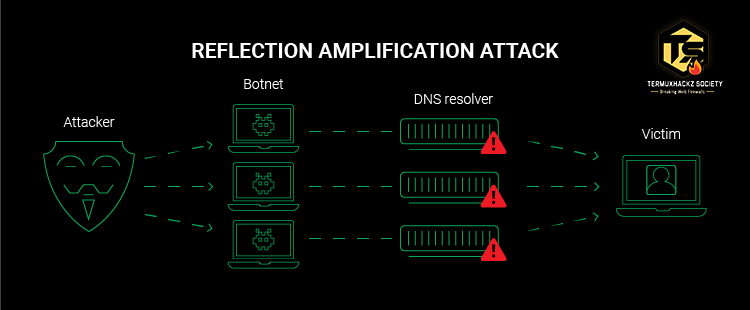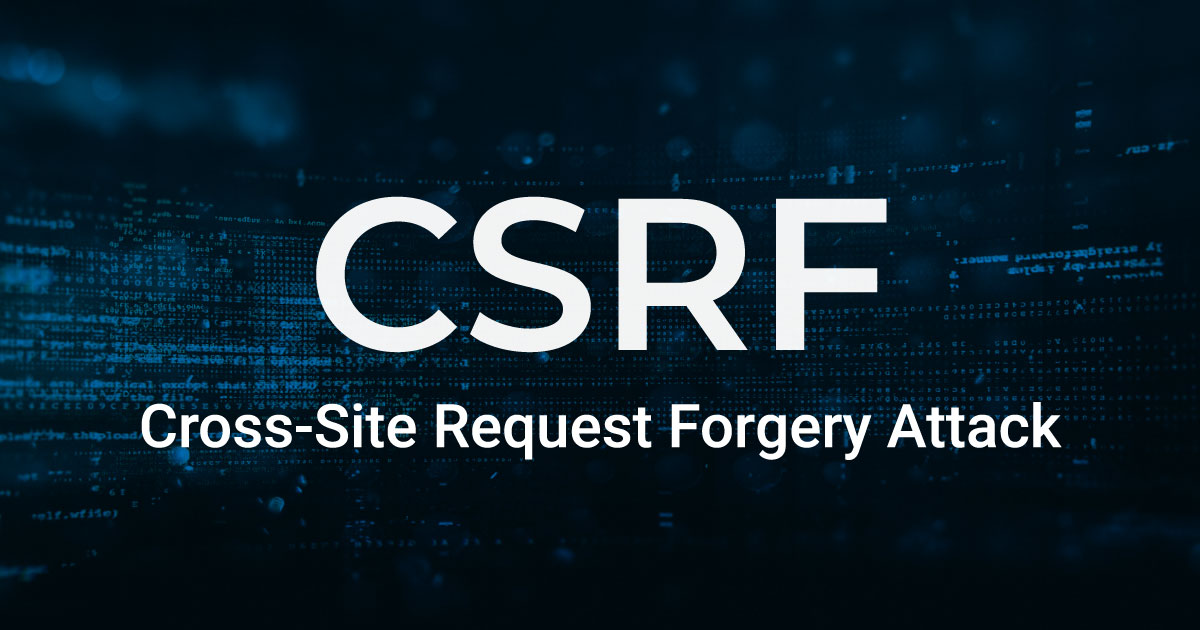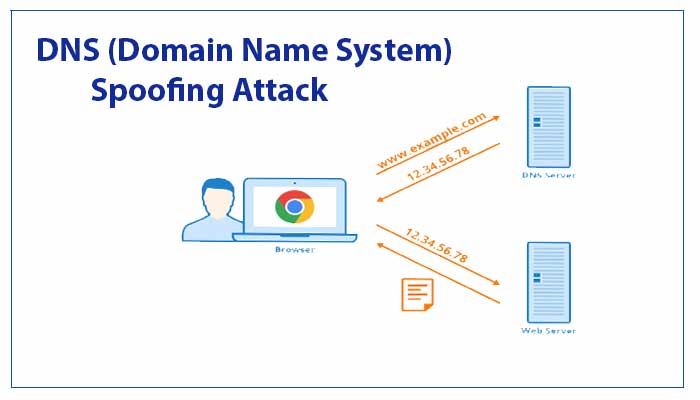6 Major common types of web hacking techniques
This Section of this site will teach you the 6 major common types of web hacking techniques in the internet, and few which are uncommon. This guide will share the most common website hacking techniques to help you prepare for a malicious attacks. The lucrative nature of the Internet has led to a significant increase in the number of website hacking techniques. Cybercriminals use many different tools and techniques to gain access to the sensitive information that is found online. They often attack websites and network resources in an effort to extort money or steal assets from organizations. To protect yourself and your business against cybercriminals, it is important to be aware of how website hacking techniques work.
What is Web Hacking?
In a leyman's terms, Web hacking simple means taking or gaining unauthorized or unauthorized access over a web server and copying data of the website or deleting it to take full control of it. Its associated software such as the database and other interface. Or professionally, Web hacking refers to the exploitation of applications via HTTP which can be done by manipulating the application via its GWI, tampering the URI or tampering HTTP elements not contained in the URI.
Can a Web App be hacked?
The hacker can send a link via an email and chat and may trick the users of a web application into executing actions. In case the attack is on an Administrator account the entire web application can be compromised. unvalidated redirects. These are possible when web applications accepts untrusted input.
1. SQL Injection
SQL Injection attack is the most common website hacking technique. Most websites use Structured Query Language (SQL) to interact with databases. SQL allows the website to create, retrieve, update, and delete database records. It used for everything from logging a user into the website to storing details of an eCommerce transaction.

An SQL injection attack places SQL into a web form in an attempt to get the application to run it. For example, instead of typing plain text into a username or password field, a hacker may type in ‘ OR 1=1. If the application appends this string directly to an SQL command that is designed to check if a user exists in the database, it will always return true. This can allow a hacker to gain access to a restricted section of a website. Other SQL injection attacks can be used to delete data from the database or insert new data. Hackers sometimes use automated tools to perform SQL injections on remote websites. They will scan thousands of websites, testing many types of injection attacks until they are successful. SQL injection attacks can be prevented by correctly filtering user input. Most programming languages have special functions to safely handle user input that is going to be used in an SQL query.
In Addition TermuxHackz Society has provided a PDF Book you can read for you to learn SQL Injection properly, from manual to automatic.
The password for the zip file is: TermuxHackzSociety
2. What is cross-site-scripting (XSS)
Cross-site scripting is a major vulnerability that is often exploited by hackers for website hacking. It is one of the more difficult vulnerabilities to deal with because of the way it works. Some of the largest websites in the world have dealt with successful XSS attacks including Microsoft and Google.

Most XSS website hacking attacks use malicious Javascript scripts that are embedded in hyperlinks. When the user clicks the link, it might steal personal information, hijack a web session, take over a user account, or change the advertisements that are being displayed on a page. Hackers will often insert these malicious links into web forums, social media websites, and other prominent locations where users will click them. To avoid XSS attacks, website owners must filter user input to remove any malicious code.
3. What is a denial of Service Attack (DOS)
A denial of service attack floods a website with a huge amount of Internet traffic, causing its servers to become overwhelmed and crash.

Most DDoS attacks are carried out using computers that have been compromised with malware. The owners of infected computers may not even be aware that their machine is sending requests for data to your website.
Denial of service attacks can be prevented by:
- 1 Rate limiting your web server’s router.
- 2 Adding filters to your router to drop packets from dubious sources.
- 3 Dropping spoofed or malformed packets.
- 4 Using third-party DDoS mitigation software from Akamai, Cloudflare, VeriSign, Arbor Networks, or another provider.
- 5 Using firewalls with DDoS protection.
- 6 Setting more aggressive timeouts on connections.
4. What is cross-site request forgery (CSRF or XSRF)?
Cross-site request forgery is a common malicious exploit of websites. It occurs when unauthorized commands are transmitted from a user that a web application trusts. The user is usually logged into the website, so they have a higher level of privileges, allowing the hacker to transfer funds, obtain account information or gain access to sensitive information.

There are many ways for hackers to transmit forged commands including hidden forms, AJAX, and image tags. The user is not aware that the command has been sent and the website believes that the command has come from an authenticated user. The main difference between an XSS and CSRF attack is that the user must be logged in and trusted by a website for a CSRF website hacking attack to work. Website owners can prevent CSRF attacks by checking HTTP headers to verify where the request is coming from and check CSRF tokens in web forms. These checks will ensure that the request has come from a page inside the web application and not an external source.
5. What is DNS spoofing (DNS cache poisoning)?
This website hacking technique injects corrupt domain system data into a DNS resolver’s cache to redirect where a website’s traffic is sent. It is often used to send traffic from legitimate websites to malicious websites that contain malware. DNS spoofing can also be used to gather information about the traffic being diverted. The best technique for preventing DNS spoofing is to set short TTL times and regularly clear the DNS caches of local machines.

6. Social Engineering Techinques
In some cases, the greatest weakness in a website’s security system is the people that use it. Social engineering seeks to exploit this weakness.
A hacker will convince a website user or administrator to divulge some useful information that helps them exploit the website. There are many forms of social engineering attacks, including:

Phishing
Users of a website are sent fraudulent emails that look like they have come from the website. The user is asked to divulge some information, such as their login details or personal information. The hacker can use this information to compromises the website.
Baiting
This is a classic social engineering technique that was first used in the 1970s. A hacker will leave a device near your place of business, perhaps marked with a label like “employee salaries”. One of your employees might pick it up and insert it into their computer out of curiosity. The USB stick will contain malware that infects your computer networks and compromises your website.
Pretexting
A hacker will contact you, one of your customers, or an employee and pretend to be someone else. They will demand sensitive information, which they use to compromise your website. The best way to eliminate social engineering attacks is to educate your employees and customers about these kinds of attacks.
Non Targeted Website Hacking techniques
In many cases, hackers won’t specifically target your website. So what kind of website hacking techniques are they using then? They usually are targeting a vulnerability that exists for a content management system, plugin, or template. For example, they may have developed some website hacking techniques that targets a vulnerability in a particular version of WordPress, Joomla, or another content management system. They will use automated bots to find websites using this version of the content management system in question before launching an attack. They might use the vulnerability to delete data from your website, steal sensitive information, or insert malicious software onto your server. The best way to avoid website hacking attacks is to ensure your content management system, plugins, and templates are all up-to-date.
TermuxHackz Society has also provided some paid courses for free, and will also provide you will an all in one course for you to learn all the web hacking techniques all at once which is an 8 in 1 web hacking pack. Its available to download for free from google drive and mega. Just download from the links below.

